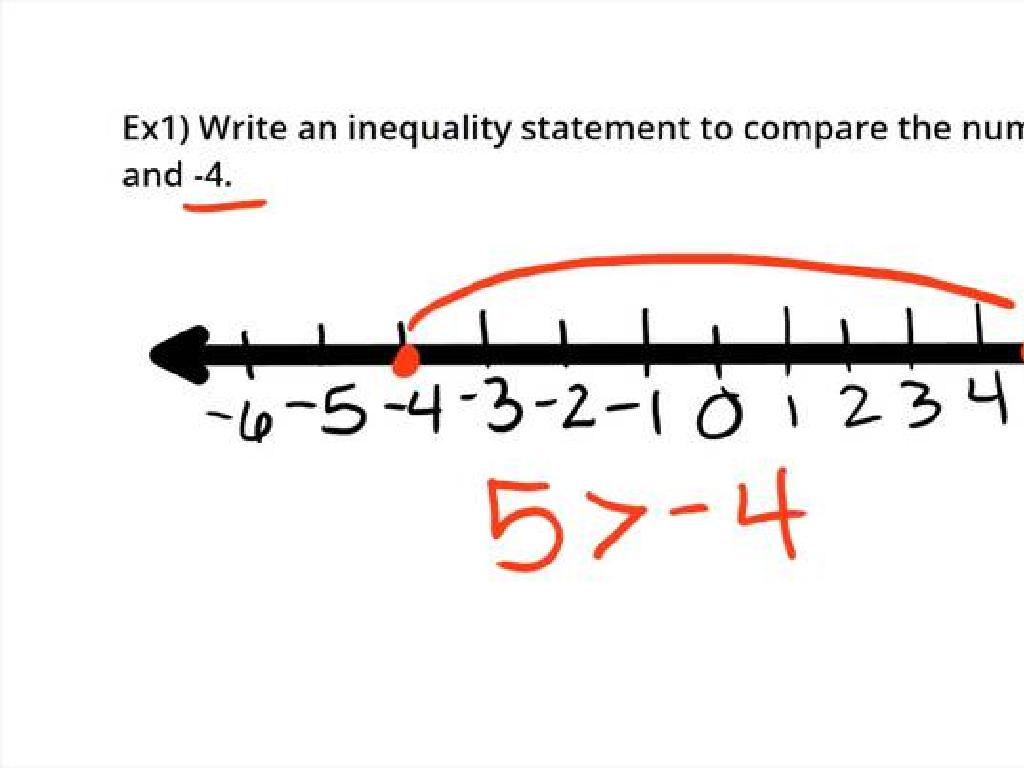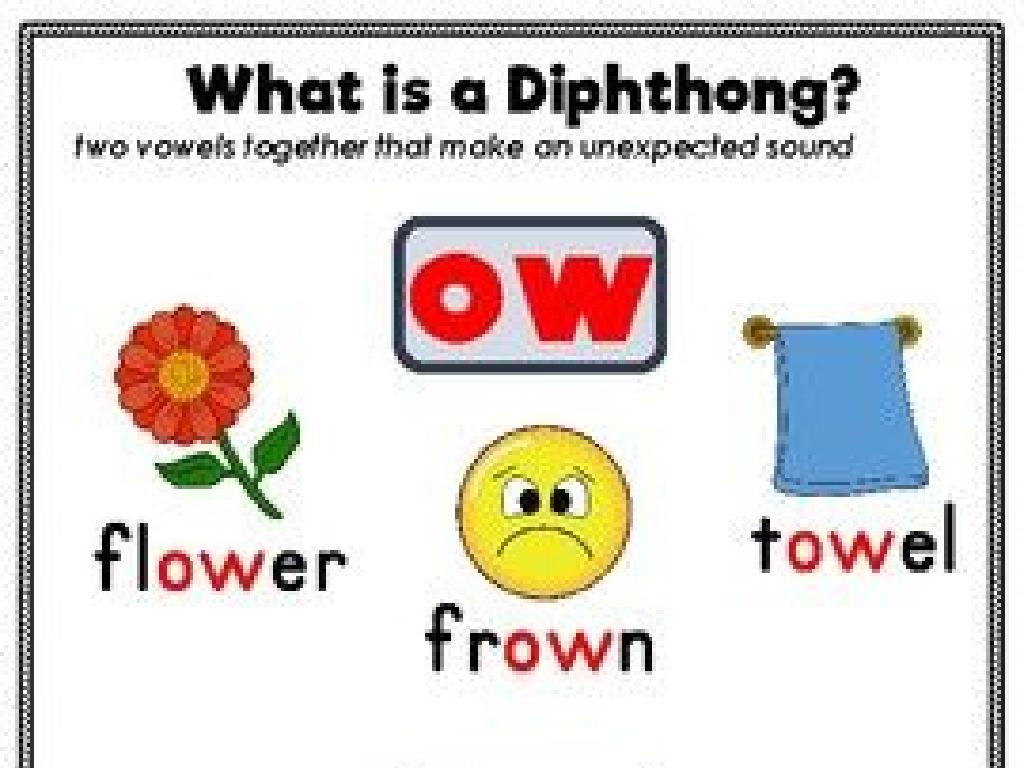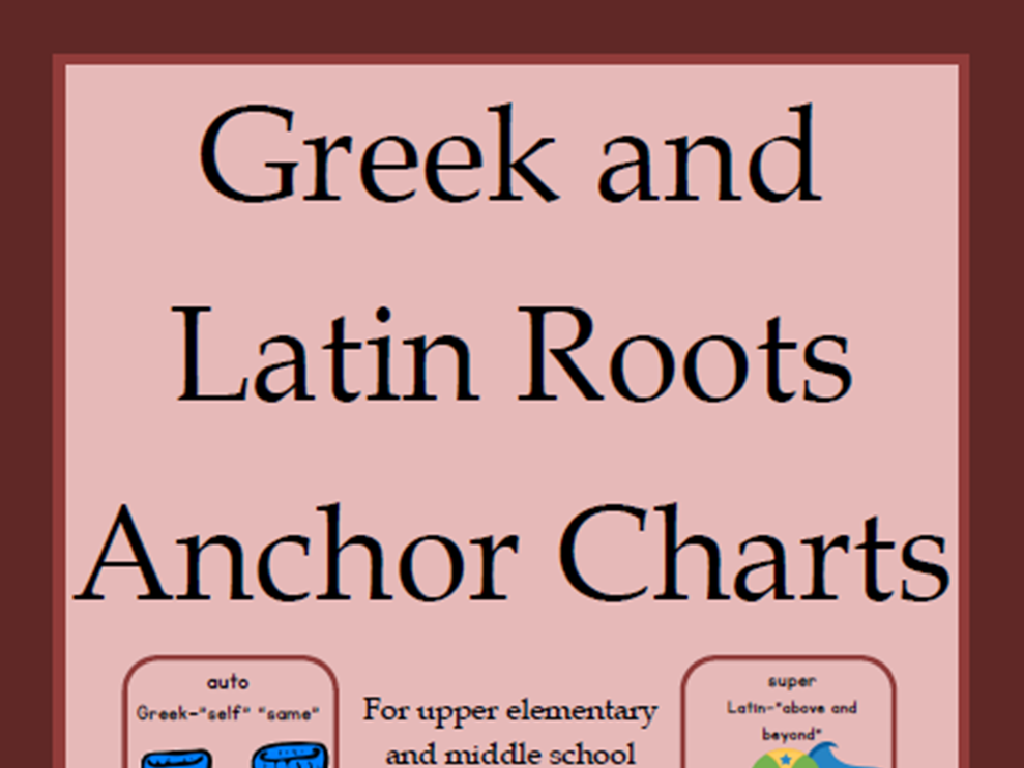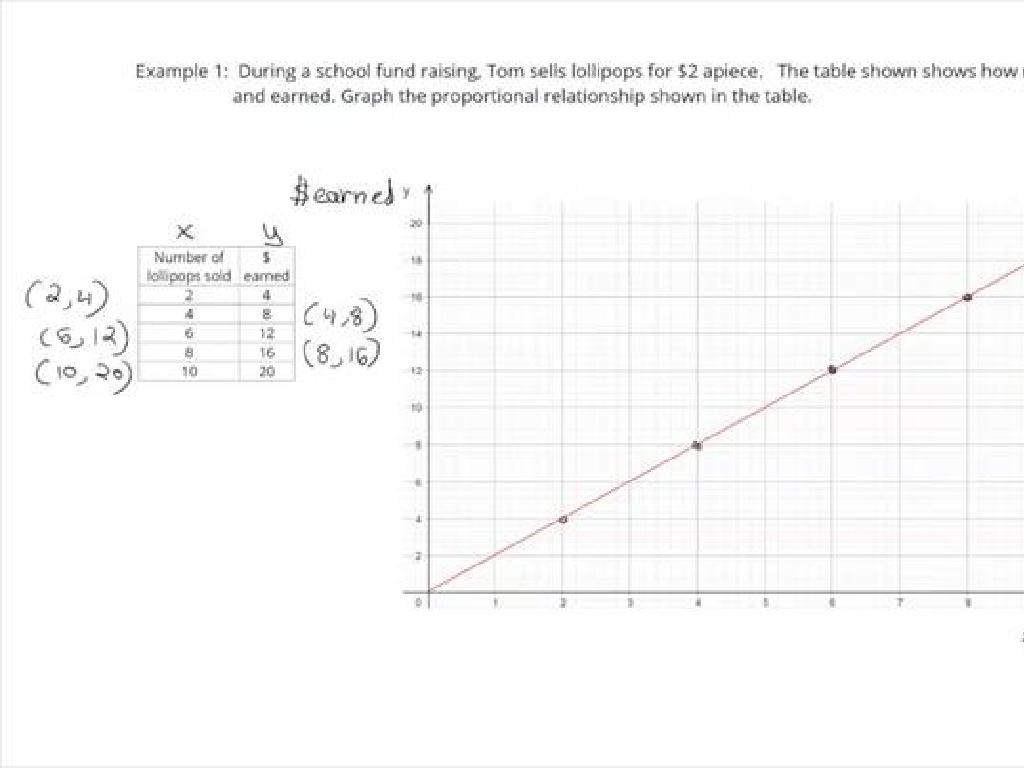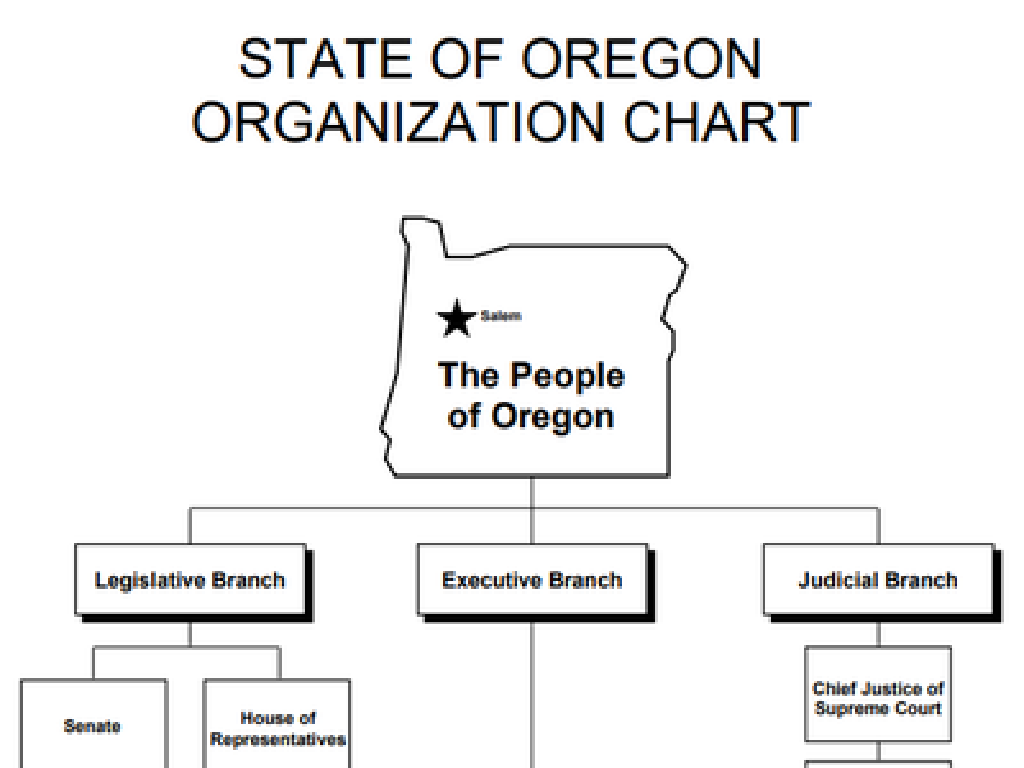Match Analog Clocks And Times
Subject: Math
Grade: Second grade
Topic: Time
Summary: This engaging second grade math presentation introduces students to reading and matching analog clocks with times. Students learn the parts of an analog clock, how to read hour and minute hands, and relate time to daily activities. Through interactive practice and a creative paper clock craft, students build skills in telling time and matching analog and digital clocks. The lesson encourages hands-on learning, helping children become confident and independent in reading clocks.
Please LOG IN to download the presentation. Access is available to registered users only.
View More Content
Introduction to Time
– Greetings, brilliant minds!
– Today’s focus: Clocks and Time
– Why learn about time?
– Knowing time helps us organize and plan our day.
– Time in daily activities
– We use time for school, play, and routines.
|
Begin the class with an enthusiastic greeting to capture the students’ attention. Introduce the concept of time, emphasizing its importance in everyday life. Explain that understanding how to read clocks helps us know when to do things like going to school, returning home, having meals, and scheduling playtime. Encourage the students to think about how they use time in their daily activities and share examples. This will set the foundation for learning to match analog clocks with specific times, a skill that will help them become more independent and responsible.
Understanding Time
– Time organizes our day
– It tells us when to do daily activities like waking up or going to school.
– Time is measured in units
– Seconds, minutes, and hours are the building blocks of time.
– Clocks display the time
– Analog clocks have hands that point to numbers.
– Importance of reading clocks
|
This slide introduces the concept of time to second graders. Begin by explaining that time is a way to organize our day, from knowing when to wake up to when it’s time to play. Discuss the units of time measurement: seconds, minutes, and hours, and how they relate to each other. Show them an analog clock and explain the hour hand and minute hand. Emphasize the importance of being able to read clocks to know the time throughout the day. Use examples like the time they go to school or have lunch to make it relatable. Encourage students to observe clocks at home and school.
Parts of an Analog Clock
– Anatomy of an analog clock
– Clock face, numbers 1-12, three hands
– Shortest hand: the hour hand
– Points to the hour on the clock
– Longest hand: the minute hand
– Points to the exact minute on the clock
– Reading time on the clock
|
This slide introduces students to the basic components of an analog clock. Emphasize the clock face with numbers 1 through 12 and the three distinct hands. Explain that the shortest hand indicates the hour and moves from one hour to the next as time passes. The longest hand is for minutes and moves around the clock face every 60 minutes. Use examples to show how the hands’ positions relate to the time. For instance, if the short hand is on 3 and the long hand is on 12, it’s 3 o’clock. Encourage students to practice by drawing the hands on a clock face to match specific times.
Reading Hours on a Clock
– Understanding the hour hand
– The short hand points to the current hour.
– Hour hand between numbers
– If it’s between numbers, time is after that hour.
– Practice reading clocks
– We’ll look at different clocks and say the time.
– Sharing our findings
|
This slide is aimed at helping second-grade students learn to read the hour on analog clocks. Start by explaining the hour hand is the shorter of the two hands on a clock. Show them that when the hour hand points directly at a number, it represents that specific hour. When the hour hand is between two numbers, it indicates that the time is after the previous hour and before the next one. Use classroom clocks or illustrations to practice with the students, asking them to read the time aloud. Encourage participation and provide positive feedback to build their confidence. For homework, students can draw their own clock faces, positioning the hour hand to show different hours, and share their work in the next class.
Reading Minutes on a Clock
– Each number equals 5 minutes
– Count by fives for minutes
– Practice counting on a clock
– Let’s count: 5, 10, 15… as the minute hand moves
– Understand minute hand position
– When the minute hand points to 3, it’s 15 minutes past the hour
|
This slide is aimed at helping second-grade students understand how to read minutes on an analog clock. Emphasize that each number on the clock isn’t just a number; it also represents 5 minutes. Practice counting by fives with the class to help them read the minutes. Use a large classroom clock to count together, pointing to the numbers as you go. Explain that the position of the minute hand is crucial in determining the exact time. For example, if the minute hand is on 3, it indicates that it’s 15 minutes past the hour. Encourage students to practice with clocks at home and bring any questions to the next class.
Matching Time to Activities
– Activities occur at various times
– Match times to daily events
– Breakfast at 8 AM, School at 9 AM, Playtime at 3 PM
– Discuss your own schedule
– When do you usually have breakfast or go to school?
– Understand time’s importance
|
This slide aims to help students understand that different activities are associated with different times of the day. Start by discussing the concept of time and how it relates to daily routines. Use common activities such as eating breakfast, going to school, and playtime to illustrate this point. Ask students to think about their own daily schedules and what time they do certain activities. This will help them relate to the concept of time more personally and understand its significance in organizing our day. Encourage them to share their routines and see how they match or differ from their classmates. This can be a fun interactive session that also reinforces the concept of time.
Matching Analog Clocks and Times
– Understanding analog and digital clocks
– Analog has hands, digital shows numbers
– Reading hour and minute hands
– Hour hand is shorter, minute hand is longer
– Matching clocks to correct times
– Use the hands to pick the right digital time
– Practice activity together
– We’ll do an example as a class
|
This slide is aimed at helping second-grade students understand the difference between analog and digital clocks and how to read them. Start by explaining the two types of clocks. Show them that the short hand indicates the hour and the long hand shows the minutes. Then, guide them through the process of matching the position of the hands on an analog clock to the corresponding digital time. Use a classroom clock or pictures of clocks as visual aids. For the activity, pick an analog clock and work through the process of matching it to the digital time as a class. This will prepare them to do it independently. After the group activity, encourage students to practice with clock worksheets or interactive games.
Class Activity: Craft Your Paper Clock
– Create your paper clock
– Practice setting the clock
Use your clock to show times like 3:00 or 6:30.
– Listen for times to show
I’ll say a time, and you’ll move the hands to match.
– Enjoy learning to tell time!
|
This activity is designed to help students learn to tell time by creating their own analog clock out of paper. Provide each student with the necessary materials including a paper plate, brads, and cut-out hands for the clock. Walk them through the process of assembling their clock. Once the clocks are made, call out different times and have the students show these times on their clocks. This hands-on activity will aid in their understanding of how to read analog clocks. Possible variations for different students could include setting the clock to their lunchtime, bedtime, or the end of the school day to make it personally relevant.
Conclusion: Mastering Clocks and Time
– Celebrate learning about time
– Recall: short hand equals hours
– The short hand points to the hour
– Recall: long hand equals minutes
– The long hand points out the minutes
– Practice with your paper clock
|
Well done on completing the lesson on matching analog clocks and times! Reinforce the concept that the short hand indicates the hour and is shorter in length, while the long hand indicates minutes and is longer. Encourage students to continue practicing with their paper clocks at home to become more confident in telling time. You can suggest that parents help their children by asking them to read the time at different points during the day. This will help solidify their understanding and make them more comfortable with reading analog clocks.

